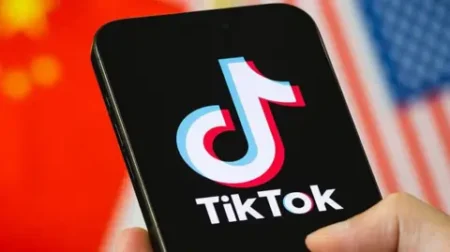Sony has recently announced a significant price increase for its PlayStation 5 (PS5) consoles globally, reflecting what the company has described as “challenging” market conditions. This decision marks a pivotal change in pricing strategy for the highly popular gaming console, which has faced fluctuating economic conditions since its launch.
In the United Kingdom, the cost of the PS5 digital edition has climbed £40, bringing the total price to £429.99. Similarly, European customers will notice an increase of approximately €50, resulting in a new price of €499.99. The company cited high inflation rates, alongside unstable currency exchange fluctuations, as key contributors to this decision, which was detailed in an official blog post shared by Sony.
The price hikes are not limited to European markets alone. Isabelle Tomatis, an executive from Sony Interactive Entertainment (SIE), has confirmed that gamers in Australia and New Zealand will also be affected by this price adjustment, particularly for versions of the console equipped with disc drives. Notably, while there has been an increase in the recommended retail price for certain models in these regions, the physical edition of the console in the UK will maintain its current price point. Interestingly, there was also a decrease in the cost of standalone disc drives, reduced from £99.99 to £69.99 in the UK, making them more accessible for consumers with digital consoles looking to play physical media.
Analysts have pointed out that the shift towards digital editions of the PS5 has become more pronounced in recent times. Piers Harding-Rolls, a research director at Ampere Analysis, noted that the digital version has gained a larger share of Sony’s sales figures over the past 18 months. Moreover, this recent price adjustment aligns the digital edition’s cost more closely with that of the standard version, which has become an important aspect of Sony’s pricing strategy.
However, the increase couldn’t fully detach itself from the wider economic landscape. As highlighted by Christopher Dring from The Game Business newsletter, the potential impact of tariffs on electronics might be rippling through the market. Although President Donald Trump announced tariff exemptions for certain electronics, it has been suggested that video game consoles, including the PS5, are not among those exempted. Dring elaborated on how the pricing adjustments might reflect an effort by Sony to stabilize its position in the U.S. market—considered the largest for consoles—without drastically increasing prices there.
The timing of the price hike coincides with other significant events in the gaming industry. For instance, Nintendo’s efforts to launch the anticipated Switch 2 system were also affected by existing U.S. tariffs, leading them to pause U.S. pre-orders. This has created an environment where competitive pricing remains critical. Mr. Harding-Rolls speculated that with the Switch 2’s competitive price tag of £395, Sony’s increase in pricing could be both strategic and necessary to maintain market competitiveness.
This latest increase marks the second price rise for the PS5 since its debut. Initially set at a relatively low price of £360—intended to compete with Microsoft’s Xbox Series X—the console’s price has now surged by roughly £70 since its launch. Analyst sentiment indicates that the era of decreasing console prices may be at an end, reflecting the current economic realities that manufacturers face and the ongoing adjustments within the gaming market.
Overall, as Sony navigates through these unpredictable market dynamics, consumers are left to reassess how these price increments will affect their gaming experiences and purchasing decisions moving forward. The changes signify not just an increase in cost but a shift in the relationship between gaming companies and their customers amidst fluctuating global economic circumstances.











